
- Overview
- Related Products
Sepsis is one of the most prevalent causes of death in the United States.1 As the current COVID-19 pandemic persists, we are learning that sepsis is a common complication that might be directly caused by COVID-19.2
You are faced with sepsis and COVID-19 challenges and we are here to support you
When it comes to patients at risk for sepsis, time to appropriate therapy is critical
By reducing time from recognition to accurate identification and treatment, you are setting them on the right clinical path. Our sepsis management program can help.
Let’s collaborate to optimize how you manage patients across the sepsis care pathway using BD solutions. The approach will include:
- Aligning metrics to your initiatives
- Establishing a baseline with an assessment
- Identifying areas of improvement across people, processes and technologies
- Sustaining best practices through hospital champions, performance dashboards and ongoing education and training of BD solutions
By focusing on the sepsis care pathway—from recognition of patients at-risk for sepsis through their treatment—using BD solutions, you can start on the journey of:
- Reducing time to recognition of patients at risk for sepsis
- Improving blood culture collection and optimizing diagnostic accuracy
- Reducing time to detection and lab turnaround time
With the ultimate goal of reducing time to appropriate therapy and improving patient outcomes.
BD® Sepsis Management Program—from initial recognition to treatment
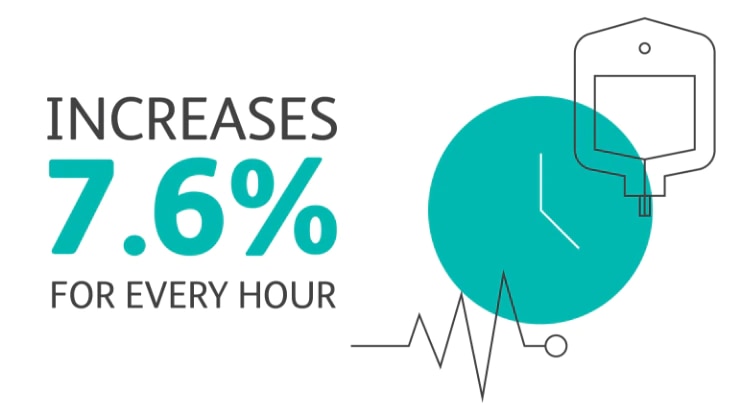
Mortality from septic shock increases 7.6% for every hour that treatment is delayed4 among patients with septic shock within the first 6 hours of onset of hypotension.
The timely identification of a patient at risk for sepsis is necessary for setting the course of action to intervene with appropriate diagnosis and treatment.
Discover our solution:

~ 80% of skin flora reside in the first five layers of our outermost skin5
Proper skin preparation kills bacteria on the skin that can potentially cause skin infection and contamination.
Discover our solution:

~ 20% of blood culture samples have been reported as underfilled in the U.S.6
Support optimal blood culture specimen collection; sufficient blood volume is a critical determinant for optimal organism recovery. The yield of pathogens recovered increases in direct proportion to the volume of blood cultured. 6
Discover our solution:
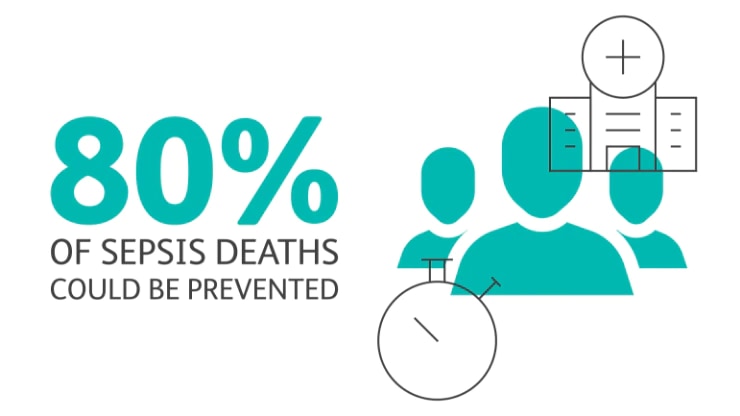
80% of sepsis deaths could be prevented by quicker diagnosis and treatment7
Decrease time to detection, followed by timely and accurate organism identification (ID) and antimicrobial susceptibility testing (AST). Reduction in transport time and faster incubation of blood cultures has been shown to reduce turnaround times and accelerate antibiotic switching.8
Discover our solutions:
BD BACTEC™ Blood Culture Media
BD BACTEC™ FX Blood Culture System
BD Kiestra™ Lab Automation System
BD Phoenix™ Automated Identification and Susceptibility Testing System

5x reduction in survival when inappropriate initial antimicrobial therapy is performed for septic shock, which occurs in ~20% of patients9
Ensuring that appropriate diagnostics are performed as early as possible to enable timely and appropriate antimicrobial therapy treatment decisions.
Discover our solutions:
BD HealthSight™ Clinical Advisor
BD Phoenix™ Automated Identification and Susceptibility Testing

Proud to support efforts in sepsis awareness and care

Patient Safety Solutions

Vascular Access Management
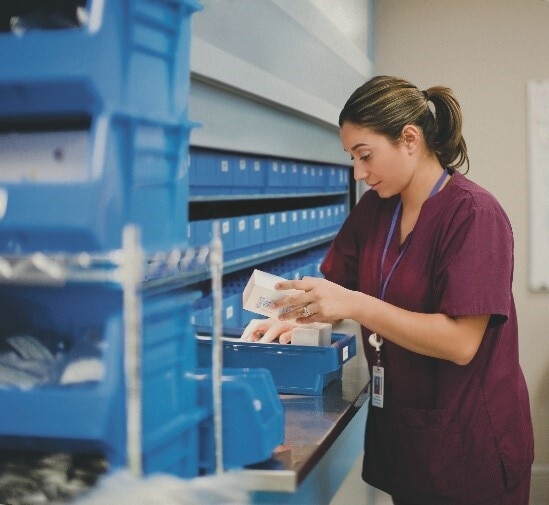
Medication Management Solutions
- Sepsis takes more lives than opioid overdoses, but most adults don’t know. September 3, 2019. Accessed August 21, 2020. https://www.sepsis.org/news/2019-sepsis-awareness-survey/.
- Zhou F, Yu T, Du R, et al. Clinical course and risk factors for mortality of adult inpatients with COVID-19 in Wuhan, China: a retrospective cohort study [published correction appears in Lancet. 2020 Mar 28;395(10229):1038] [published correction appears in Lancet. 2020 Mar 28;395(10229):1038]. Lancet. 2020;395(10229):1054-1062. doi:10.1016/S0140-6736(20)30566-3.
- Data & Reports. Centers for Disease Control and Prevention. 2020. Accessed August 21, 2020. https://www.cdc.gov/sepsis/datareports/index.html
- Kumar A, Roberts D, Wood KE, et al. Duration of hypotension before initiation of effective antimicrobial therapy is the critical determinant of survival in human septic shock. Crit Care Med. 2006;34(6):1589-1596.
- Brown E, Wenzel RP, Hendley JO. Exploration of the microbial anatomy of normal human skin by using plasmid profiles of coagulase-negative staphylococci: search for the reservoir of resident skin flora. J Infect Dis. 1989;160(4):644-650.
- Lamy B, Dargère S, Arendrup MC, Parienti J-J, Tattevin P. How to optimize the use of blood cultures for the diagnosis of bloodstream infections? A state-of-the art. Front Microbiol. 2016;7:697.
- Sepsis Alliance. Sepsis fact sheet, 2018. Accessed August 21, 2020.
- Kerremans JJ, van der Bij AK, Goessens W, Verbrugh HA, Vos MC. Immediate incubation of blood cultures outside routine laboratory hours of operation accelerates antibiotic switching. J Clin Microbiol. 2009;47(11):3520-3523.
- Kumar A, Ellis P, Aribi Y, et al. Initiation of inappropriate antimicrobial therapy results in a fivefold reduction of survival in human septic shock. Chest. 2009;136(5):1237-1248.
BD-12850
Do you want to learn more about how we can support your sepsis initiatives?
Recognize Related Products
-

Now with MedMined Insights (formerly MedMined™ Surveillance Advisor)
-

The ChloraPrep™ preoperative skin preparation product line provides a formulation that has set the standard of care in infection prevention for over 18 years. Learn more about ChloraPrep™.
-
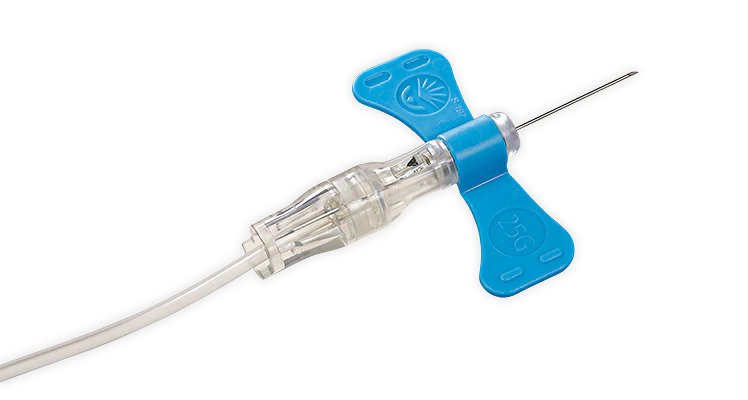
With propriety BD PentaPoint™ and BD RightGauge™ needle technology, the BD Vacutainer® UltraTouch™ push button blood collection set aims to improve the patient experience by enhancing comfort, enabling clinicians to better access difficult veins, and reducing overall procedure times.
-
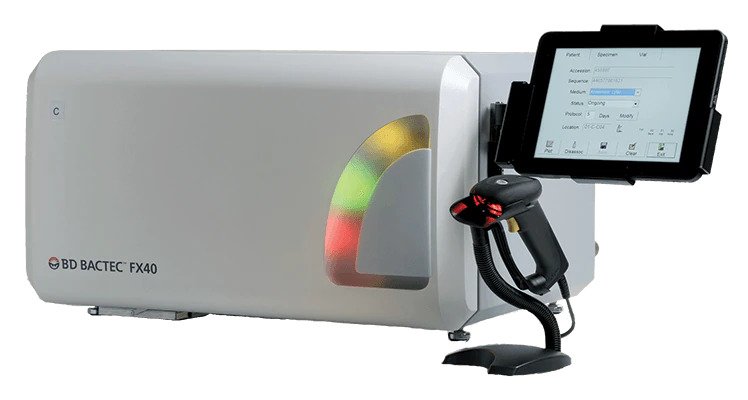
Advanced fluorescence detection technology, exceptional media performance and instrument reliability—adding vial-activated workflow, advanced ergonomics, blood culture observation and customer-focused data management.
-
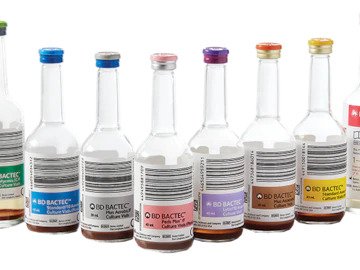
Time to detection is important during the analytical phase. Learn about a full spectrum of blood culture media solutions.
-
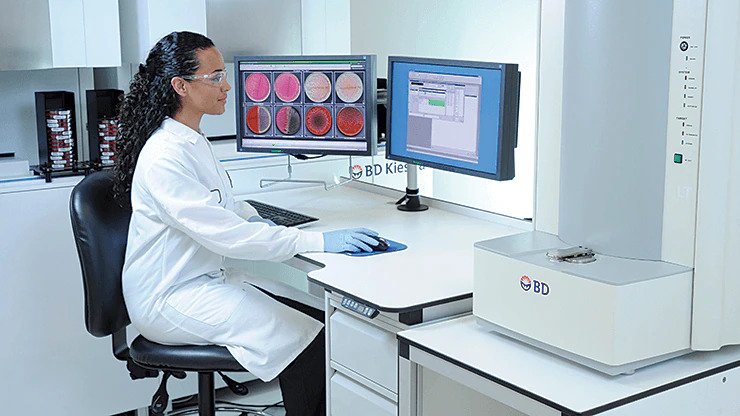
BD Kiestra™ lab automation solutions support clinical microbiology labs with modular, scalable and open architecture solutions that can help increase efficiency, streamline processes and provide consistent results.
-

The BD Phoenix system has demonstrated performance in detecting both existing and emerging resistance.
-
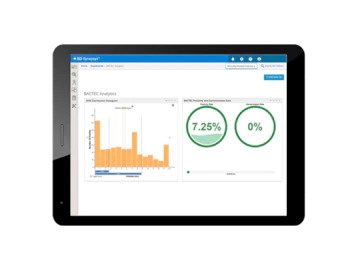
Microbiology laboratories play a key role in infectious disease management. At the same time, they face a growing list of challenges, including lab consolidation, increased regulations, decreasing reimbursements and a shortage of skilled staff. That task is complicated by inherent obstacles such as manual processes, the lack of integrated workflows, disparate IT systems and difficulties accessing data.
-

The BD Phoenix system has demonstrated performance in detecting both existing and emerging resistance.
-

Now with MedMined Insights (formerly MedMined™ Surveillance Advisor)
-

The difference is one medication management partner and an integrated platform that unifies complex systems, practices and processes
- Sepsis takes more lives than opioid overdoses, but most adults don’t know. September 3, 2019. Accessed August 21, 2020. https://www.sepsis.org/news/2019-sepsis-awareness-survey/.
- Zhou F, Yu T, Du R, et al. Clinical course and risk factors for mortality of adult inpatients with COVID-19 in Wuhan, China: a retrospective cohort study [published correction appears in Lancet. 2020 Mar 28;395(10229):1038] [published correction appears in Lancet. 2020 Mar 28;395(10229):1038]. Lancet. 2020;395(10229):1054-1062. doi:10.1016/S0140-6736(20)30566-3.
- Data & Reports. Centers for Disease Control and Prevention. 2020. Accessed August 21, 2020. https://www.cdc.gov/sepsis/datareports/index.html
- Kumar A, Roberts D, Wood KE, et al. Duration of hypotension before initiation of effective antimicrobial therapy is the critical determinant of survival in human septic shock. Crit Care Med. 2006;34(6):1589-1596.
- Brown E, Wenzel RP, Hendley JO. Exploration of the microbial anatomy of normal human skin by using plasmid profiles of coagulase-negative staphylococci: search for the reservoir of resident skin flora. J Infect Dis. 1989;160(4):644-650.
- Lamy B, Dargère S, Arendrup MC, Parienti J-J, Tattevin P. How to optimize the use of blood cultures for the diagnosis of bloodstream infections? A state-of-the art. Front Microbiol. 2016;7:697.
- Sepsis Alliance. Sepsis fact sheet, 2018. Accessed August 21, 2020.
- Kerremans JJ, van der Bij AK, Goessens W, Verbrugh HA, Vos MC. Immediate incubation of blood cultures outside routine laboratory hours of operation accelerates antibiotic switching. J Clin Microbiol. 2009;47(11):3520-3523.
- Kumar A, Ellis P, Aribi Y, et al. Initiation of inappropriate antimicrobial therapy results in a fivefold reduction of survival in human septic shock. Chest. 2009;136(5):1237-1248.
BD-12850



